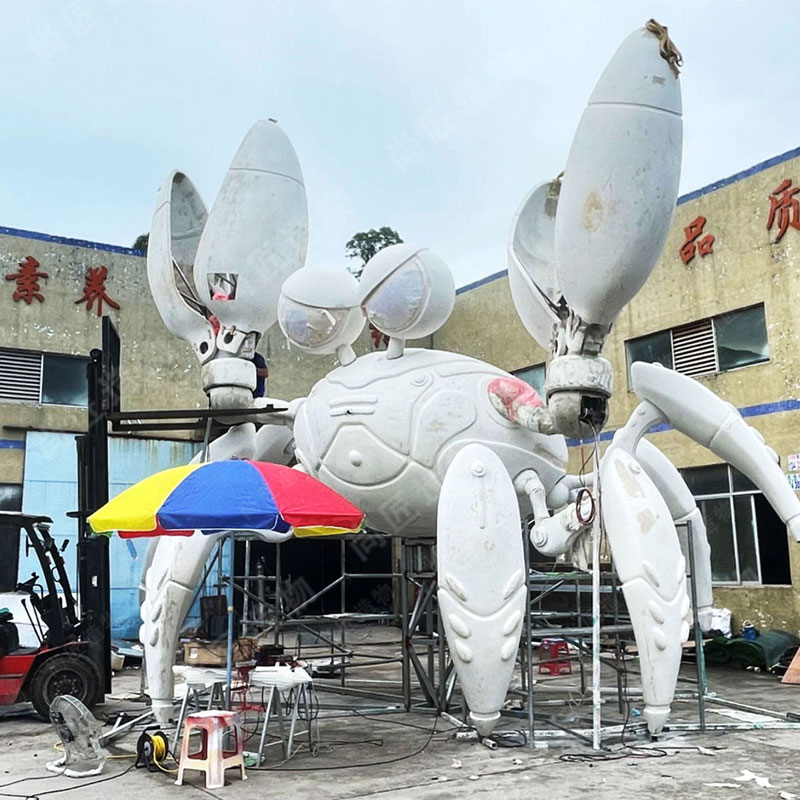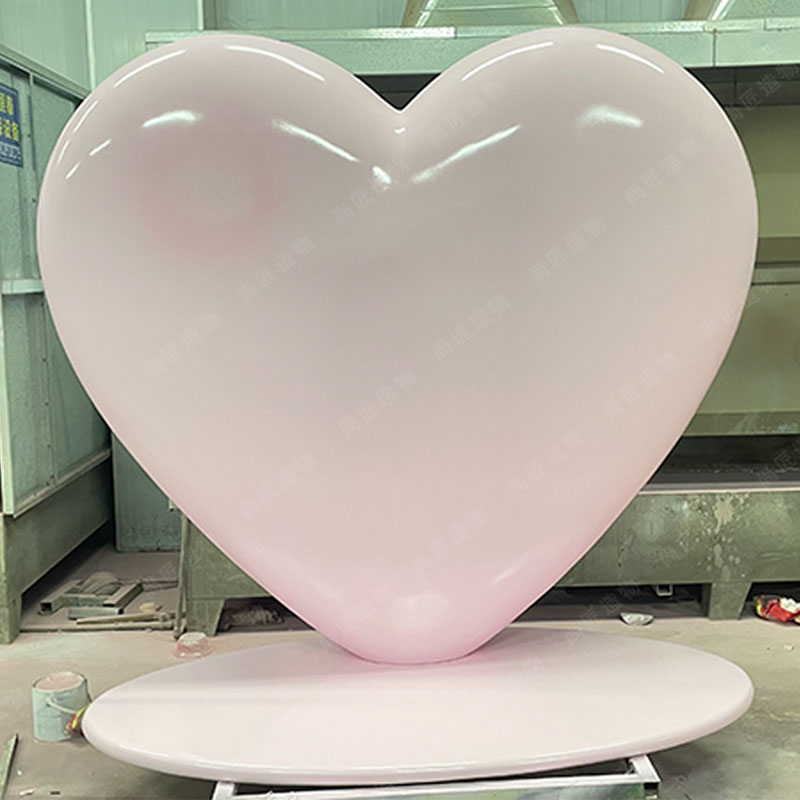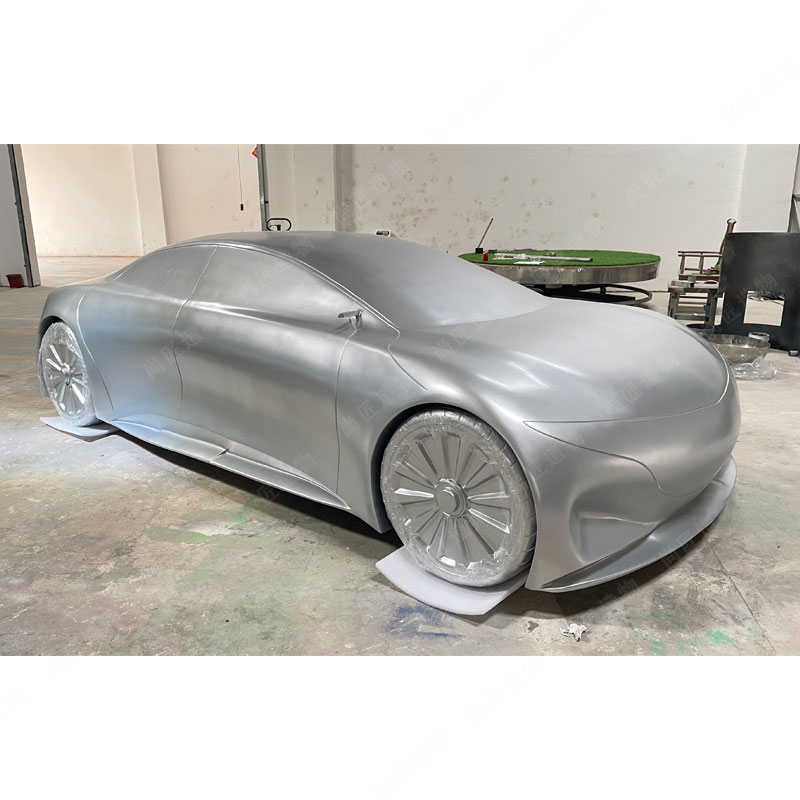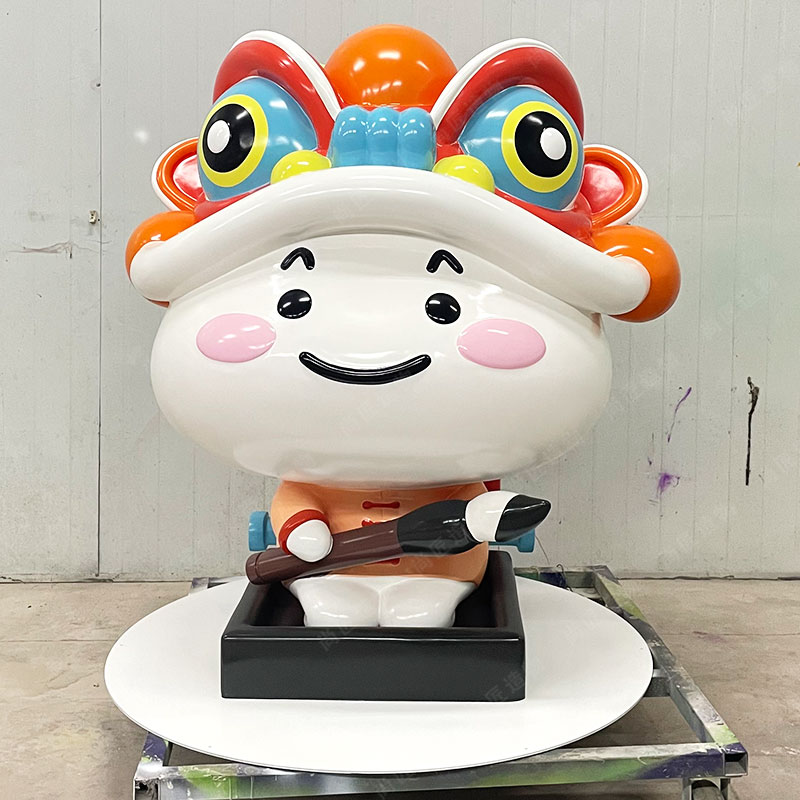Key Takeaways
Kinetic sculpture art transforms static forms into dynamic experiences, bridging engineering precision with artistic expression. From Alexander Calder’s early mobiles to George Sherwood’s wind-powered stainless steel creations, this genre has evolved to mirror natural motion—swaying leaves, ocean waves, or flocking birds. Sherwood’s works, for instance, use aerodynamics to create fluid, unpredictable movements, grounding abstract art in organic rhythms.
| Era | Style | Key Characteristics |
|---|---|---|
| Early 20thC | Hand-balanced Mobiles | Manual suspension, gravity-driven motion |
| Mid-20thC | Mechanized Sculptures | Motorized parts, repetitive patterns |
| 21stC | Wind/AI-Enhanced Works | Environmental interaction, fluid design |
Modern innovations integrate materials like polished steel and computational modeling, as seen in IP character sculpture, which combines narrative elements with kinetic mechanics. Central to this evolution is the shift from mimicking movement to embedding it—sculptures now become motion rather than merely depicting it. As kinetic art progressed, artists like Sherwood redefined how audiences perceive stability, inviting viewers to see stillness as latent energy.
This interplay between art and motion challenges traditional boundaries, positioning kinetic sculptures as both aesthetic objects and experiments in physical logic. By harnessing natural forces—wind, water, or magnetism—the genre continues to explore how engineered motion can evoke emotional resonance.

Kinetic Sculptures: Art in Motion
Kinetic sculptures redefine traditional art by integrating movement as a core element. Unlike static forms, these works rely on environmental forces—wind, water, or mechanical systems—to create ever-changing shapes. Early pioneers like Alexander Calder introduced mobiles in the 1930s, using balanced metal sheets suspended by wires to respond to air currents. This concept evolved through the 20th century as artists incorporated motors and sensors, enabling programmed motion.
A notable progression lies in George Sherwood’s wind-powered stainless steel sculptures, which mimic natural patterns like swirling leaves or ocean waves. By polishing steel surfaces to reflect light, his pieces amplify the interplay between structure and environment. Such innovations bridge art and engineering, requiring precise calculations to ensure fluid motion without compromising durability. While early kinetic works focused on simplicity, modern iterations explore complex interactions, such as synchronized movements triggered by audience participation. This shift highlights how kinetic art continues to adapt, merging aesthetic vision with technological advancement to capture the dynamism of life itself.

Sherwood’s Kinetic Wind Sculptures
George Sherwood’s kinetic wind sculptures redefine the intersection of art and natural forces. Using polished stainless steel, Sherwood crafts abstract forms that respond dynamically to wind, transforming static metal into fluid, ever-changing compositions. His works, often installed in open-air settings, harness aerodynamic principles to create rhythmic rotations and oscillations. The interplay of light on reflective surfaces amplifies their motion, producing patterns reminiscent of leaves swirling in gusts or waves breaking along shorelines.
Sherwood’s approach blends engineering precision with artistic intuition. Each sculpture’s balance and weight distribution are calibrated to respond to subtle breezes, ensuring movement remains graceful rather than erratic. This meticulous design echoes the organic efficiency of natural systems, such as seed dispersal mechanisms or avian flight dynamics. While rooted in mid-20th-century kinetic art traditions, his pieces avoid overt mechanization, relying instead on environmental interaction—a nod to Alexander Calder’s pioneering mobiles.
The appeal of Sherwood’s sculptures lies in their accessibility; viewers witness the invisible force of wind made tangible through motion. Unlike static Cartoon sculpture, which captures fixed narratives, his works invite continuous reinterpretation. By mirroring nature’s transient beauty, they bridge the gap between human creativity and the physics governing our world, offering meditative reflections on impermanence and balance.
Mobiles to Mechanized Art Evolution
The shift from delicate hanging mobiles to complex mechanized sculptures marks a pivotal turn in kinetic art’s history. Early pioneers like Alexander Calder introduced motion through balanced forms that danced with air currents, relying on gravity and wind for fluidity. By the mid-20th century, artists began integrating motors and engineered systems, transforming static metal into rhythmic, programmed movements. This mechanization allowed precise control over speed and direction, creating patterns that echoed natural phenomena—from swirling leaves to ocean waves.
“Kinetic art isn’t just about movement—it’s about choreographing relationships between material, energy, and space.” — George Sherwood
Modern creators like Sherwood bridge these eras by blending organic inspiration with technical innovation. His wind-powered realistic sculpture designs use stainless steel’s reflective surfaces to amplify natural light shifts, making invisible forces like airflow tangible. This evolution reflects a broader artistic dialogue: how machinery can mimic nature’s spontaneity without losing its engineered precision. As kinetic art advances, it continues to challenge perceptions of permanence, inviting viewers to see motion as both a physical and metaphorical force.

Nature’s Motion in Steel Sculptures
The interplay between natural forces and human craftsmanship finds vivid expression in steel sculptures that mimic organic movement. Artists like George Sherwood harness wind energy to animate polished stainless steel forms, creating rhythmic patterns reminiscent of rustling leaves or flowing water. By studying fluid dynamics and biological motion, these works capture ephemeral moments—a gust bending grass or sunlight flickering through branches—and freeze them in durable metal.
Sherwood’s approach combines geometric precision with weather-responsive design. Curved panels pivot on balanced axes, reacting to subtle breezes with hypnotic rotations. This fusion of engineering and artistry reflects a broader trend in kinetic sculpture, where rigid materials paradoxically convey nature’s unpredictability. The reflective surfaces further blur boundaries between artwork and environment, casting fragmented glimpses of sky or foliage that shift with each motion. Such sculptures serve as static-dynamic hybrids, anchored in place yet perpetually echoing the transient beauty of their surroundings.
Movement Evolution in Kinetic Art
The progression of kinetic art reflects humanity’s enduring fascination with capturing motion. Early innovations, such as Alexander Calder’s mid-20th-century mobiles, relied on passive airflow to animate abstract forms, blending chance and balance. By the 1960s, artists began integrating mechanical systems—gears, motors, and pulleys—to orchestrate precise, repetitive movements, transforming sculptures into choreographed performances. This shift mirrored industrial advancements, bridging art and engineering.
Modern creators like George Sherwood expanded these principles, using wind energy to power polished stainless steel structures that mimic natural rhythms—swaying grasses or fluttering leaves. Unlike rigid mechanized works, his sculptures embrace unpredictability, harmonizing human design with environmental forces. Such evolution highlights a key tension in kinetic art: controlled motion versus organic spontaneity.
Parallel developments in materials, including lightweight Fiberglass sculpture, enabled larger, more resilient installations. Today’s kinetic artists often draw from biomimicry, replicating patterns found in schools of fish or flocking birds, while computational tools allow intricate motion programming. This ongoing dialogue between tradition and technology ensures kinetic art remains a dynamic medium, continually redefining how we perceive movement in three-dimensional space.

Nature-Inspired Kinetic Sculptures
Kinetic sculpture artists often look to the natural world for inspiration, translating patterns of wind, water, and organic movement into metal and wire. Unlike static forms, these works capture the unpredictability of nature—swaying like reeds, spiraling like seed pods, or twisting like gusts of air. George Sherwood’s wind-driven sculptures, for instance, use polished stainless steel to mimic the fluidity of ocean waves or the flutter of leaves. His pieces rely on balance and precision, with carefully engineered joints that allow seamless rotation without external power.
This approach bridges art and science. By studying fluid dynamics or aerodynamics, artists create structures that respond authentically to environmental forces. The result is a dialogue between human craftsmanship and natural energy—a reminder that motion itself is a universal language. While early kinetic art focused on mechanical complexity, contemporary works like Sherwood’s emphasize simplicity, letting nature’s rhythms guide the design. Such sculptures not only reflect ecological systems but also invite viewers to observe the subtle interplay of light, wind, and form in everyday surroundings.

Engineering Motion in Kinetic Art
Building on the interplay between natural forces and artistic vision, kinetic sculptors employ precise engineering principles to transform static materials into dynamic forms. Unlike traditional sculptures, these works rely on balanced systems of pivots, bearings, and counterweights to achieve fluid motion. Artists often collaborate with engineers to calculate torque, wind resistance, and material stress, ensuring durability while maintaining aesthetic grace. For instance, stainless steel—a favored medium—is shaped into aerodynamic curves that harness wind energy without sacrificing structural integrity.
This fusion of mechanics and artistry extends beyond visible movement. Hidden components, such as internal ball joints or magnetic levitation systems, enable sculptures to respond subtly to environmental shifts. The challenge lies in creating motion that appears effortless, even as complex physics govern each rotation or sway. By integrating modular designs, artists allow pieces to adapt to varying conditions, mirroring nature’s adaptability. Such innovations highlight how kinetic art bridges technical precision with organic rhythm, inviting viewers to perceive engineering itself as a form of creative expression.
Sherwood’s Kinetic Art Journey
George Sherwood’s exploration of kinetic sculpture began with an obsession for capturing nature’s unseen rhythms. Trained initially in traditional sculpture, he shifted focus in the early 2000s toward integrating motion into his stainless steel creations. Unlike static monuments, Sherwood’s works rely on wind energy to activate their fluid forms, blending engineering precision with artistic intuition. His sculptures often mimic organic patterns—swirling leaves, rippling water, or flocking birds—transforming passive materials into dynamic visual narratives.
Central to Sherwood’s practice is the interplay between material and environment. By shaping polished stainless steel into curves and angles, he harnesses wind currents to generate ever-changing shadows and reflections. This approach not only highlights the unpredictability of natural forces but also challenges the viewer’s perception of permanence in art. Over two decades, his pieces have evolved from simple rotating mobiles to complex, multi-axis systems, reflecting advancements in both aerodynamics and digital design tools. His journey underscores a broader shift in kinetic art—from mechanical spectacle to harmonious dialogue with ecological systems.
Conclusion
The journey of kinetic sculpture art reveals a fascinating interplay between human ingenuity and natural forces. From Alexander Calder’s pioneering mobiles to George Sherwood’s wind-powered stainless steel creations, artists have continually redefined how motion transforms static materials into dynamic narratives. Sherwood’s work, in particular, bridges organic fluidity and engineered precision, capturing wind patterns in polished steel to mirror nature’s rhythms. This evolution underscores a broader shift—artists no longer merely depict movement but collaborate with it, using mechanics, aerodynamics, and material science to breathe life into their visions. As kinetic art advances, it challenges viewers to reconsider boundaries between art, technology, and environment, inviting reflection on how motion shapes our perception of both creativity and the natural world.
Frequently Asked Questions
What defines a sculpture as "kinetic"?
A kinetic sculpture incorporates movement, either through mechanical components, natural forces like wind, or viewer interaction. Unlike static art, its form changes dynamically, creating evolving shapes and patterns.
How did kinetic sculpture evolve from traditional mobiles?
Early mobiles, such as Alexander Calder’s hanging wire creations, relied on air currents for motion. Modern kinetic sculptures often integrate motors or sensors, enabling precise, programmable movements that expand artistic possibilities.
Why does George Sherwood use wind power in his sculptures?
Sherwood’s stainless steel works harness wind to mimic organic motion, such as flowing water or swaying grass. This approach bridges art and nature, emphasizing sustainability through passive energy sources.
Can kinetic sculptures withstand outdoor conditions?
Artists like Sherwood choose materials like polished stainless steel for durability and weather resistance. These sculptures are engineered to endure environmental stresses while maintaining fluid motion.
How does engineering influence kinetic art?
Balancing aesthetics with functionality requires collaboration between artists and engineers. Precision in weight distribution, material selection, and movement mechanics ensures both visual appeal and operational reliability.
Do kinetic sculptures require maintenance?
While designed for longevity, outdoor pieces may need occasional cleaning or lubrication. Mechanized components might require technical upkeep, depending on complexity.
 ch
ch English
English






